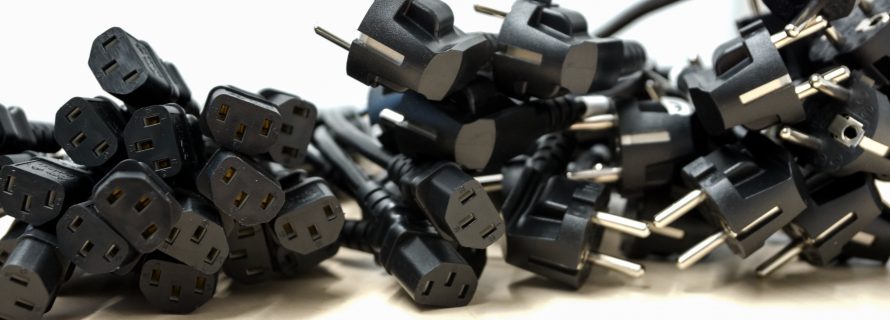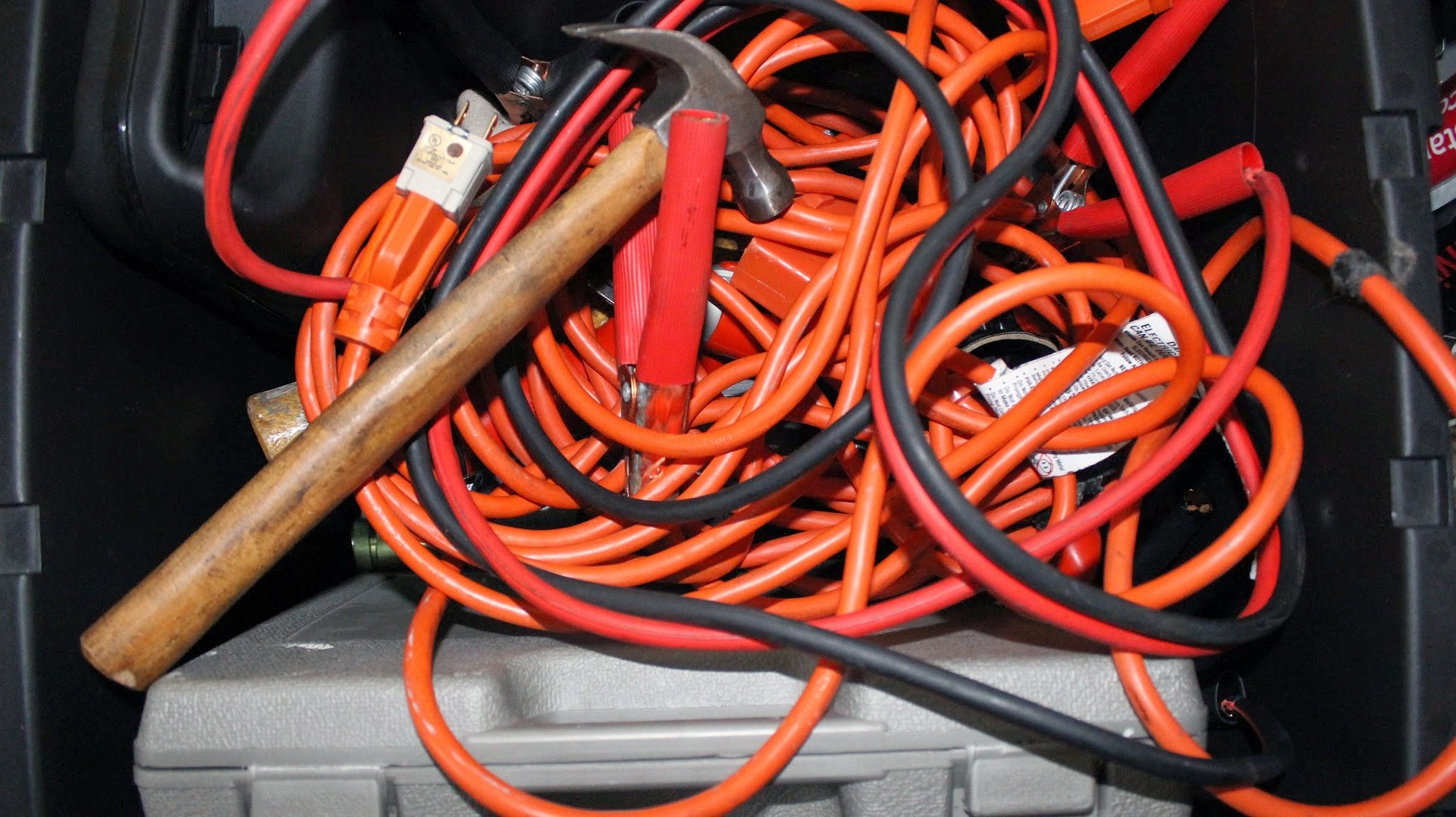How to Choose A Safe Power Cord and Extension Cord for Your New House

When moving to a new house, you need to know where to get the best cords to help you connect your appliances to the new sockets. However, finding high-quality power cords can be difficult, especially with many electronics available on the market. There are certain factors that you need to keep in mind when buying a power cord or an extension cord. It will ensure that you get value for your money and end up with the right cables, which are functional and long-lasting.
The Cord Length and Gauge
Power and extension cords are available in varying sizes and lengths. These two factors affect the cord’s ability to carry the electric current.
Length: The length of your extension cord affects the amount of voltage lost through the resistance inside the wires (voltage drop).
Wire gauge: The diameter or thickness of the wire determines the amount of current your wire carries.
The gauge of your cord is the numerical rating of the wire diameter, and you can identify it by an American Wire Gauge number. For instance, a 12 AWG, 120- volt cord has about 12-gauge wires. Use such a cable with standard outlets of about 120-volts. In the American Wire Gauge rating system, the thickest wires usually have the smallest number.
Using long wires results in a higher voltage drop. So, the longer the cord, the higher the voltage drop you will experience. It means that the shorter cables have a higher capacity than the longer ones and can make a great choice.
Here Are the Different Types of Cords to Help You Understand Which One Suits Your Needs
-
Light-Duty Extension Cords
It is easy to confuse them to lamp wire cords as they look alike. One thing to note about light-duty cords is that you should only use them with devices that are light duty. Using these cords with devices such as space heaters, irons and toasters can be dangerous because such appliances draw a lot of electrical loads.
These cords are usually not grounded. So, they only have two plug prongs and do not have another wire and prong to use for grounding purposes. Therefore, never use them with appliances that comprise a three-pronged grounding cord. A light-duty extension cord uses suitable for light-duty devices that draw a maximum of 7 amps. It is how you should use these cords with AWG wires.
For example:
- A cord length of up to 25 feet use an 18 AWG wire
- A 50 feet cord length, you should use a 16 AWG wire and
- A cord length of 100 feet which you must use a 14 AWG wire

-
Medium Duty
For these, they are usually grounded and include plug prong and the third wire for grounding. Medium duty extension cords also have plugs that can accommodate three-pronged appliance cords. Use them with computers, televisions, and other devices that draw around ten amps of power. For a cord length of up to 25 feet, use a 26 AWG wire. The 50 feet cord length is usually more compatible with a 14 AWG wire.
-
Heavy-Duty Cords
Heavy-duty extension cords are perfect for use in handling around 10 to 15 amps power supply. These cords come grounded and include a plug prong and third wire for grounding purposes. Heavy-duty extension cords also have three slots in their plugs for receiving grounded cords and are mostly meant for heating appliances and tools that draw up to 15 amps.
How to Choose Cords According to Your Appliances
-
Table lamp
For your table lamps, use an 18-gauge light-duty extension cord. Such a cord can handle even seven amps of power and will run for almost 25 feet allowing you to extend it to where you want, including the nightstand.
-
Laptop
For small appliances such as laptops, a medium-duty cord is the best choice as it is a general-purpose tool hence helping you charge your laptop safely without tampering with the battery.

-
Leaf Blower
If your leaf blowers use around 12 amps or less, then the 16-gauge light-duty cords are what you should look for. For the 14-gauge medium dusty cords, only use them when dealing with blowers that use higher amps or when you need the cord to cover a longer distance.
-
Treadmill
Most treadmill manufacturers discourage people from using extension cords. However, if you can’t move the treadmill close to the socket, then use the cords designed for treadmills.
-
Toaster
Heat producing devices or appliances such as irons, coffee pots, and toasters, draw about 10-12 amps, which is higher than the limit of most indoors cords. For such cases, it is better to use the power outlets in the kitchen.
-
Bug Zapper and Portable Compressor
For the bug zapper, use the 16-gauge extension cord. A short one is enough to keep your lamp cooking. The best cord for the portable compressor is the ten gauge as it is heavy-duty. This cord will help you put air in your flat tire even when almost 100 feet away from the source.
-
Holiday Lights
For these, use a 26-gauge extension cord when you want them to extend for about 15 feet. If you want your holiday lights to go up to 25 feet or even more, then you must use the 14-gauge extension cord. When buying a cord for your holiday lights, you should buy one with a suitable length. Buying several to chain them together is usually not safe.
 Moving to a new house can be hectic as it sometimes involves buying new electrical appliances and dealing with a different layout and design of electrical sockets. However, it doesn’t have to be hard when you know how different cords work and which are the best for various appliances. With this information in mind, you can now determine which wires are more suitable for your devices before committing yourself.
Moving to a new house can be hectic as it sometimes involves buying new electrical appliances and dealing with a different layout and design of electrical sockets. However, it doesn’t have to be hard when you know how different cords work and which are the best for various appliances. With this information in mind, you can now determine which wires are more suitable for your devices before committing yourself.
About The Author: Jessica Smith has been writing for a few years now. She loves cooking, traveling and dancing. She wants to be a successful writer as writing is her only passion.
Photos by Pixabay from Pexels & Images by rawpixel, A3DigitalStudio & Алексей Смирнов from Pixabay
- Additions and New Construction
- All Exteriors
- Alterations
- Basements
- Bathrooms
- Customer Service
- Customer Stories
- Decks
- Design & Planning Show
- DIY
- Doors
- Educational Resources
- Extreme Makeover Home Edition
- Fashion Show
- General Remodeling
- Green Living
- Handyman Home Services
- Home Decor
- Home Entertainment
- Home Improvement
- Home Improvements
- How to Tips
- In The Community
- Off-the-Wall Remodeling Stories
- Remodeling
- Resources
- Roofing
- Siding
- Social Media
- Sunrooms
- Tips & Tricks
- Trends
- Windows

